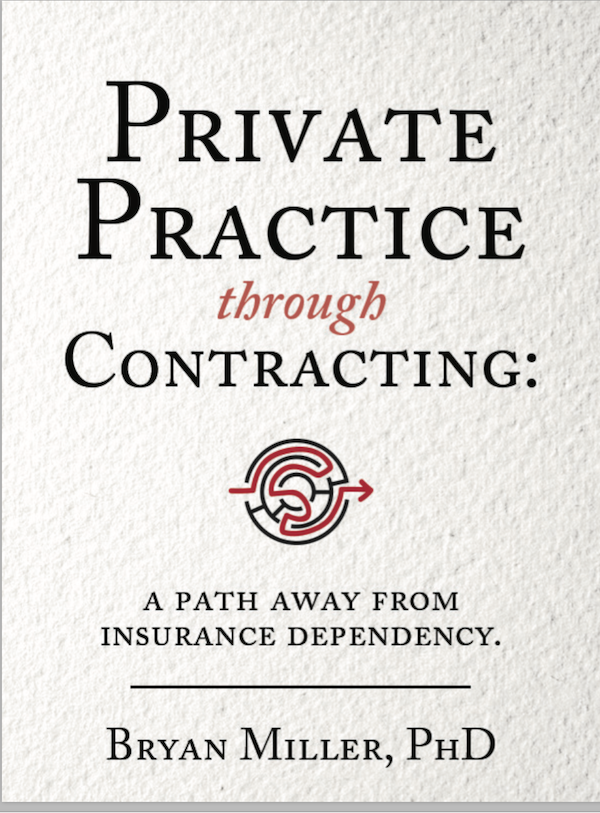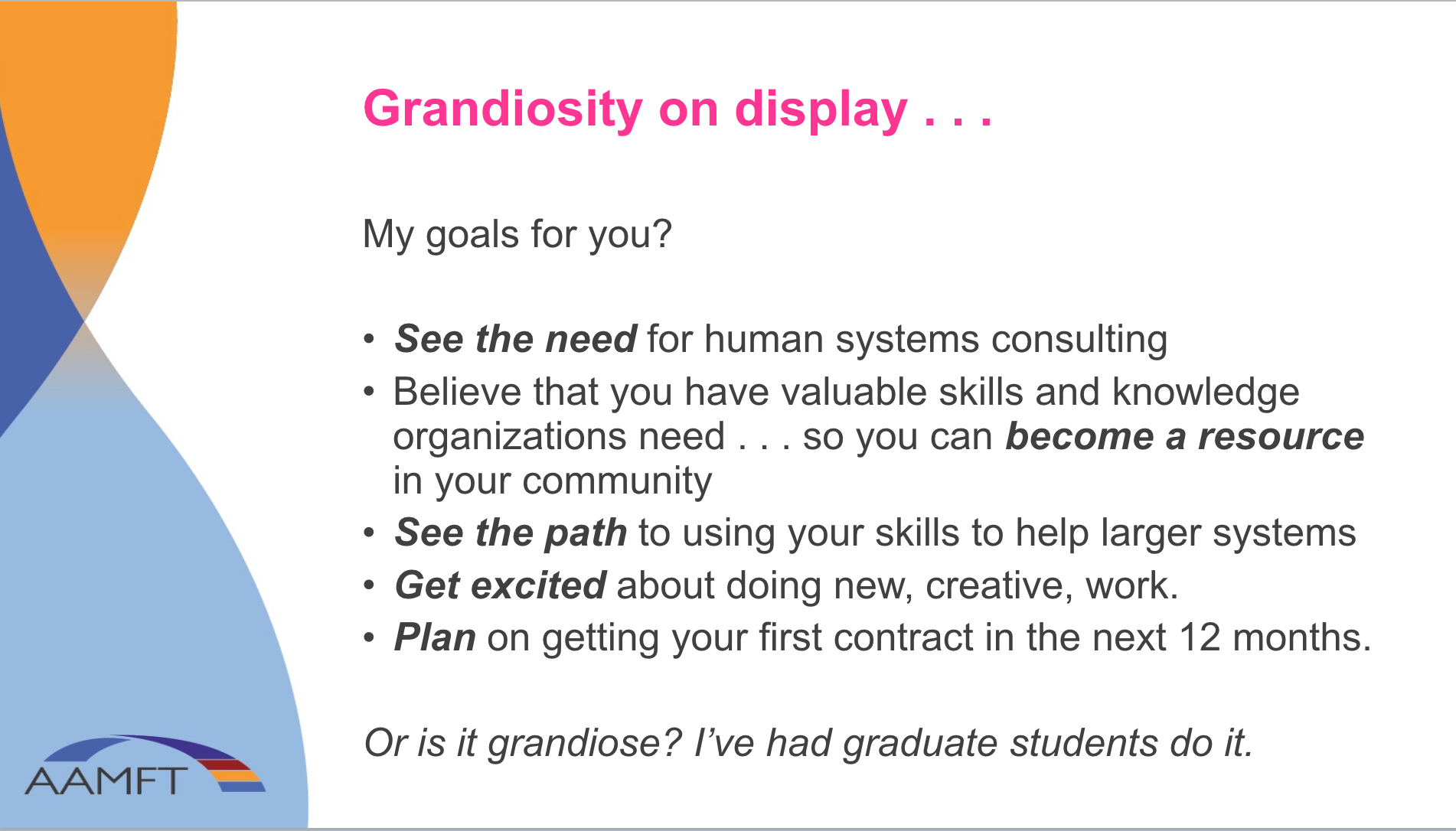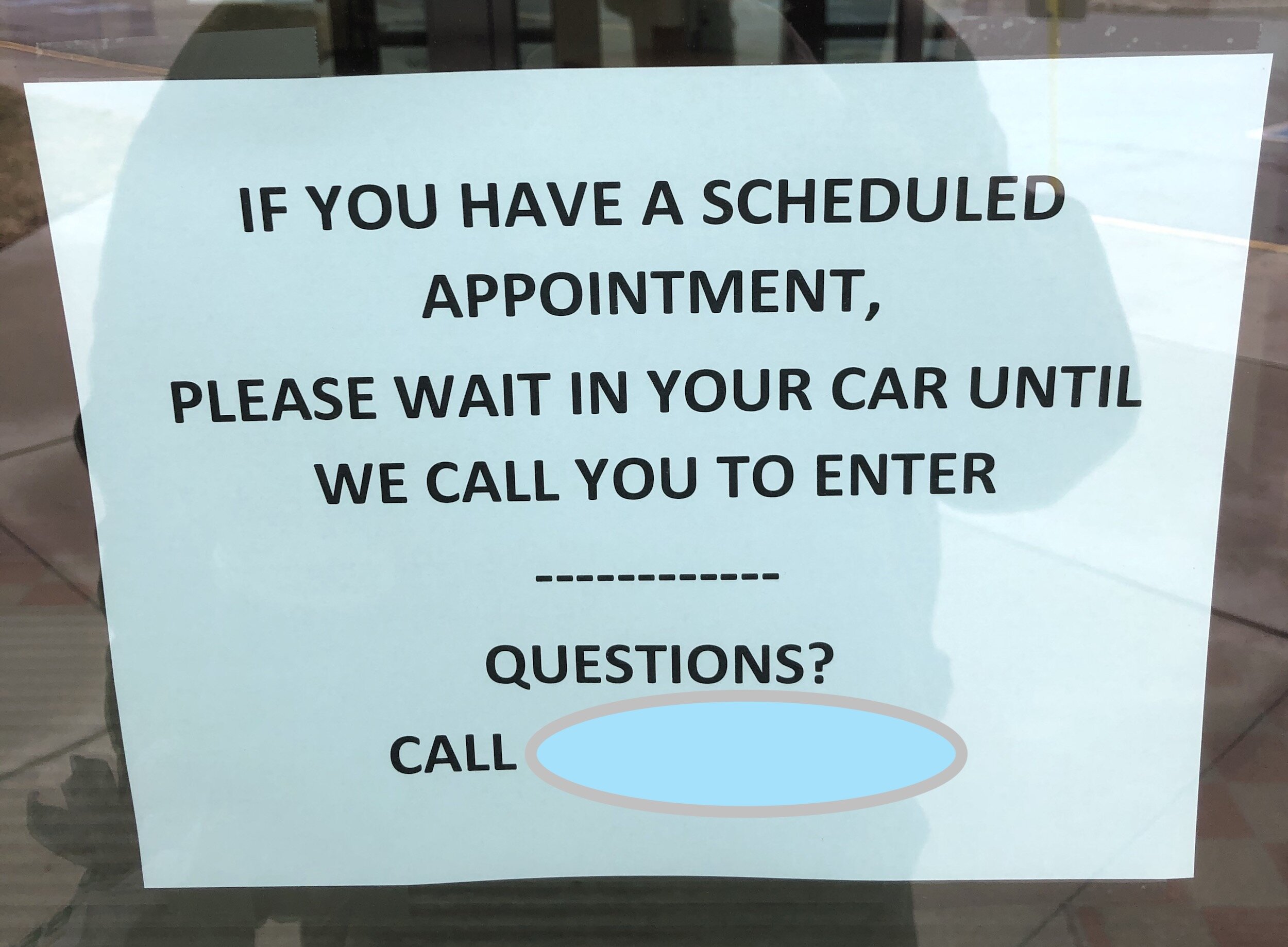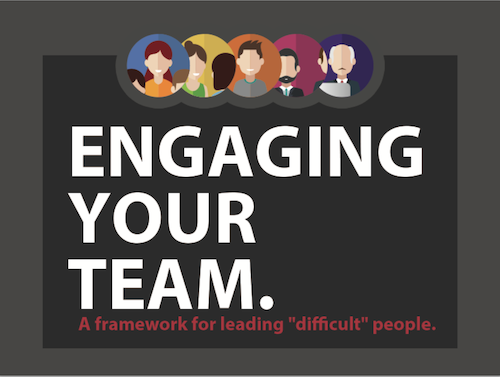Attending Practice . . . and Seeing something new!
I was confused. I sat watching a choir practice at my kid's college. As they practiced, I noticed a student raise his hand, the conductor nodded, then he put his hand down . . . in the middle of a song, what? . . . then another raised her hand, and quickly dropped it, then three students in quick succession did the same. This pattern of hands raising and lowering continued, as if I was watching human hands leaping around like popcorn being roasted, throughout the song--a continual violent punctuation of the air as the directer continued, apparently seeing, but mostly ignoring, this phenomenon--to direct the musical piece to its close.
I waited. Ready for the conductor to address this strange phenomenon. "What is this . . . a prank?" I would hear him say. Or, "You guys need to focus! . . . If you have a question, quit raising your hands until the song is complete!" . . . It didn't come.
Now, I was even more confused. It's not like the entire experience was new to me. I have had a fairly extensive background in choir rehearsals. I grew up on that same college campus and had seen practices--with more than one conductor--many times. I was in choir myself, both in High School and College. But never had I seen this behavior, or anything remotely like it.
They started practicing on a new piece--a fast-paced spiritual--and once again the "pop, pop, popity-pop" of hands began.
Slowly, I realized the connection. Students raised their hands every time they made a mistake!
Like an athlete watching "film" of their performance, here was a live-action critique of how well the chorus was performing this piece. I watched and, despite my limitations in musical ability, I began to anticipate when and where the next hand or hands would rise.
I asked my son about it after practice. "Oh, he said, that's a way for Dr. R. to know that we are aware of a mistake . . . and so that he can see when particular parts are giving someone troubles, without having to stop the practice every time to correct something." Voila! Nailed it. I'm not a trained observer for nothing!
Now, I began to reflect . . . This choir was good, no doubt about it. They receive glowing reports, awards, financial backing, and acclaim and had for several years. I began to wonder about how the climate of "signaling errors" came to be accepted, comfortable, and the norm." A few things came to mind about the practice as I observed it . . .
First, mistakes were expected. There was no false sense that someone was doing it right all the time. When you make a mistake, you raise your hand. Not "if" but "when."
Second, identifying mistakes was seen as a process to creating a good product. If you know that you made it mistake then you can fix it. If you don't know, or try to pretend you didn't, you are less likely to fix it.
Third, it made individual members aware of their mistakes and focused on what they needed to improve. Undoubtably, no one wants to keep making the same mistakes, so acknowledging them in this public fashion leads to accountability to improve.
Fourth, it allowed the leader to have a good read on how well, or poorly, the team was performing at each stage. The conductor was not having to take his focus away from his tasks to try and discover who wasn't getting the music correctly. They kept him informed through signaling the errors.
It was nearing the end of practice. I had become quite used to the hand raising and felt some what comfortable with the "what and why" of this new and odd technique. Then, the conductor made a mistake. He turned two pages, instead of one, and pointed his baton toward a section of the choir, there was a moment of hesitation, but the choir corrected and carried on. The conductor, noting something was wrong, quickly flipped back two pages, then forward one. He was back on track now . . . and he raised his hand. The choir laughed.
Mistakes and Business
When I myself, or when I and another consultant, work on a project, I always save time at the end of each step to do a "post mortem." I want to assess what went well, what was just okay, and what could be improved. These reflections and discussions are invaluable to continuing to grow and increase our value to customers.
I encourage leaders to do the same. Those that can honestly do this critical self-analysis, noting the successes and admitting the mistakes, are much more likely to see growth and improvement in their work teams.
But, it starts with the leader. Employees will ask themselves, "Is it safe?" and "What does the leader really care about--quality or their ego?" before they themselves will risk being vulnerable.
If you want others to join in making the quality of something great, if you want them to be transparent about their mistakes and improve, if you want them to figuratively raise their hands then you have to lift up yours.
Yes, you can get good quality at times through control, coercion, fear and other factors but only leadership, transparent and honest leadership, will harness the good will, loyalty, and extra effort to truly develop a high functioning team and a top-quality product.
Finally . . .
If you want to be a great employee, increase the probability of advancement, and be a part of a high functioning team. The you also need to display these leadership traits. Yes, you need to assess whether it is safe to do so, but in the end, protecting oneself only leads to a mediocre team and merely delays the inevitable. Poor outcomes and failure.
Available eBooks:
Private Practice through Contracting: Decreasing dependence on insurance.
Engaging Your Team: A framework for managing difficult people.
Family Legacy: Protecting family in family business.





































































